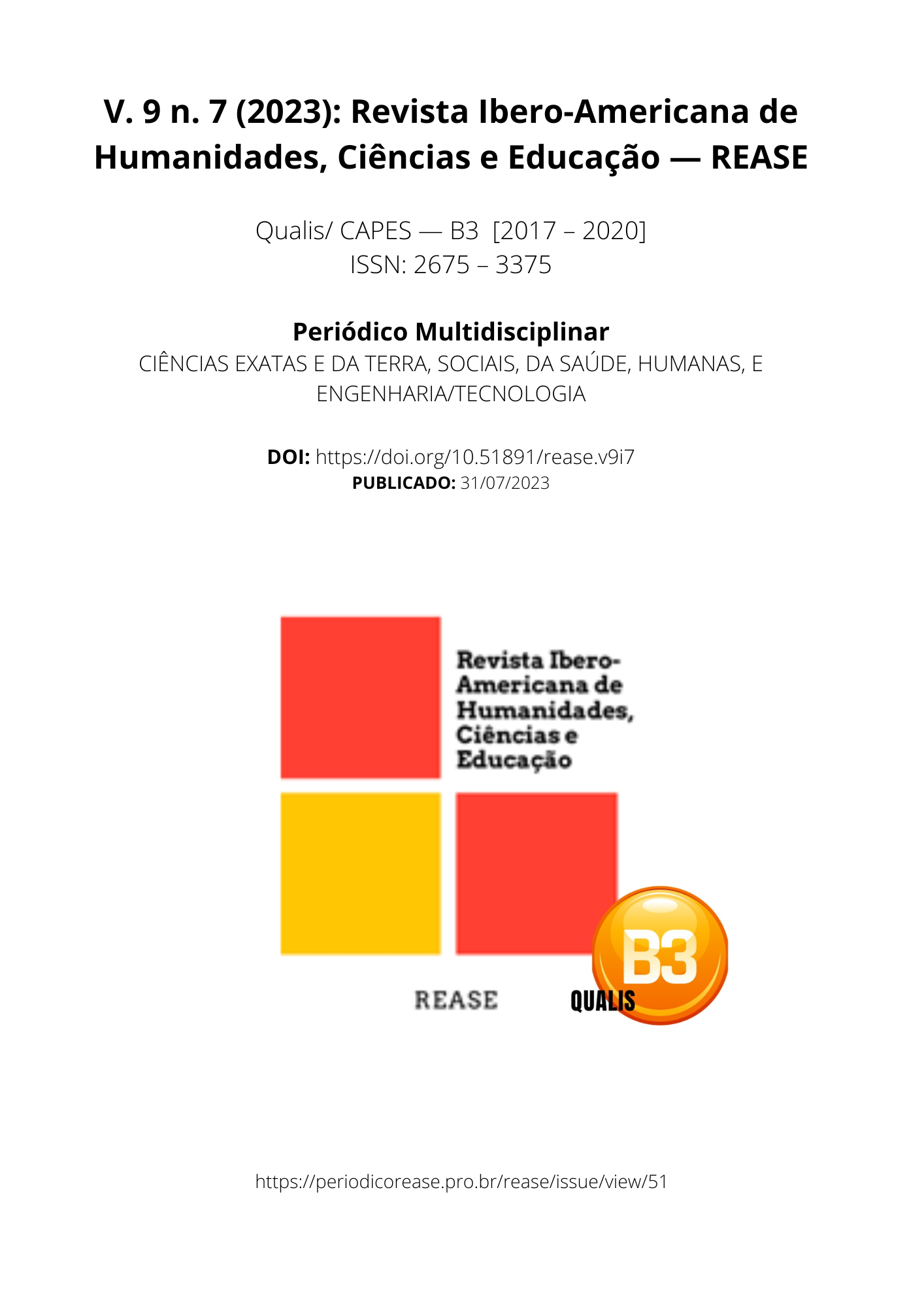GASTRIC GIST: STATE OF THE ART AND NEOADJUVANCE
DOI:
https://doi.org/10.51891/rease.v9i7.10648Keywords:
GIST. Cell of Cajal. Neoadjuvance. Imatinib.Abstract
INTRODUCTION: GIST (gastrointestinal stromal tumor) is a gastrointestinal stromal tumor that arises from cells of mesenchymal origin, which are located in the smooth muscle responsible for moving the digestive tract, called Cajal cells, also called "marker cells". step". It corresponds to about 1% of gastrointestinal neoplasms and about 2% of malignant neoplasms of the stomach, although it is the most common non-epithelial neoplasm of the gastrointestinal tract, being found in more than 50% of cases in this site. It derives from the mutation in the gene that encodes KIT, a transmembrane receptor coupled to tyrosine kinase, which is part of an intracellular cascade that controls basic functions such as proliferation and survival. DIAGNOSIS: In the initial phase, most patients are asymptomatic and the tumor can be diagnosed incidentally. When there are symptoms, the main ones are hemorrhage and associated anemia. When the tumor occurs in the stomach, the patient may experience nonspecific symptoms such as weight loss, abdominal distention, postprandial fullness, nausea and vomiting. In the suspicion of a malignant lesion, the first step is to perform an imaging exam, although there is no well-established exam. Endoscopic ultrasound (EUS) presents itself as an important key in the diagnosis because it shows ELS information such as: origin of the cells, nature of the lesion (solid, cystic, fatty or blood vessels), and the size of the lesion and satisfactory tissue sample for the immunohistochemical techniques, which will confirm the diagnosis. TREATMENT: The mainstay of treatment is surgical resection of the lesion, which is the only possibility of cure for patients. All lesions larger than 2.0 cm or smaller with any symptomatology must be resected with free macroscopic margins. Adjuvance with imatinib is a fundamental indication for all patients with moderate and high risk of recurrence according to Fletcher's risk criteria. NEOADJUVANCE: Although there is no evidence demonstrating better results for five-year mortality or recurrence rate at 1, 2 or 3 years, neoadjuvant therapy is able to reduce tumor size, allow the procedure with lower morbidity and reduce the risk of tumor rupture and other postoperative complications. CONCLUSION: Resection and the use of adjuvant therapy with a tyrosine kinase inhibitor are the only therapies with the possibility of cure so far. Thus, neoadjuvant therapy is indicated only to reduce the size of the tumor, reducing the morbidity of the procedure, with no evidence indicating benefit or even harm from its use.
Downloads
Downloads
Published
How to Cite
Issue
Section
Categories
License
Atribuição CC BY

